Safety is a Two-Way Street
During the fall months there are shorter daylight hours and new traffic patterns with students back for the new school year. It can take some adjustment for people walking, cycling, and driving on our roadways to focus on sharing the road with one another. During the past several years the number of pedestrian injuries and fatalities in New Jersey have increased. You can help to be safe this fall by following these tips while traveling:
Fall into Safety: Navigating the Roads Together
During the fall months there are shorter daylight hours and new student traffic patterns with students back for the new school year. It can take some adjustment for people walking, cycling, and driving on our roadways to focus on sharing the road with one another. Over the past several years the number of pedestrian injuries and fatalities in New Jersey has increased. You can help to stay safe this fall by following these tips when traveling:
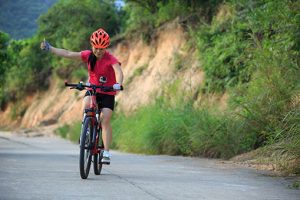
Cycling Safety
- Signal Your Intentions: Use hand signals to indicate your direction to drivers.
- Light Up the Night: Equip your bike with a white front light and red rear light for night riding, as required by NJ law.
- Protect Your Head: Wear a helmet – it’s mandatory for riders under 17 in NJ.
- Follow the Rules: Obey traffic laws, including staying to the right, stopping at red lights and stop signs.
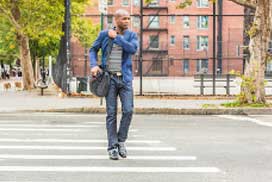
Pedestrian Safety
- Use Designated Crossings: Cross at intersections and crosswalks, making eye contact with drivers before proceeding.
- Stay on the Path: Use sidewalks when available. If not, walk facing traffic close to the curb.
- Mind the Signals: Always obey WALK/DON’T WALK signs.
- Be Vigilant: Watch for cars entering/exiting driveways or backing up in parking lots.

Safety Tips for All
- Enhance Visibility: Cross streets in well-lit areas. Use your phone as a flashlight if necessary.
- Dress Smart: Wear bright, reflective clothing and use blinking lights at night.
- Stay Alert: Avoid distractions from phones or headphones, especially when crossing.
- Stay Sober: Avoid alcohol and drugs that can impair reaction time and balance.
47.5
million people in the US ride their bike annually
230
pedestrians killed on NJ roadways in 2023
5
is the average age when most kids learn to ride a bike
New Jersey’s Safe Passing Law
New Jersey’s Safe Passing Law went into effect on March 1, 2022 (NJSA 39:4-92.4). The law provides clear rules of the road for all motorists when interacting with vulnerable road users (people on foot, bicycle, scooter, in a wheelchair, or otherwise not in a car, bus, or truck).
How does the law work?
Drivers are required to use “due caution” whenever they encounter vulnerable people on the road, meaning:
- Drivers must move over a lane (if there’s one to move into) while following all current no-passing and no speeding laws.
- On a single-lane road, drivers must provide a distance of at least 4 feet to safely pass a vulnerable road user.
- If 4 feet is not possible, drivers must slow to 25 mph and be prepared to stop until they can pass safely without endangering those sharing the road.
Violating the law results in a $100 fine (causing bodily injury results in a $500 fine and 2 motor vehicle points).
For more information on the Safe Passing Law, visit the NJ Safe Passing Law Resource Center here.
- Anyone under 17, must wear an approved helmet. We recommend all ages!
- Bikes must be equipped with a bell or horn that is audible up to 100 ft.
- Bikes are required to have lights on the front and back, that can be seen from 50 ft.
- Obey all the traffic laws and use hand signals so vehicles know where you are headed.
- Cyclists should always ride single file, or two alongside each other when traffic is not impeded.
Wearing a helmet to protect your head in the event of a crash is a no brainer. But wait! Before you strap on that helmet on yourself or a child, make sure your helmet:
- Is designed for your activity (bicycle helmets are different than those for skateboarding/rollerblading)
- Fits properly
- Does not have any cracks or defects
- Has a SNELL or ASTM seal of approval on it.
- Is replaced every 3-5 years
Check out these brochures to learn more about bike safety for you and your kids:
FACT:
75% of pedestrian fatalities occur in the dark. Be extra cautious when walking at night.
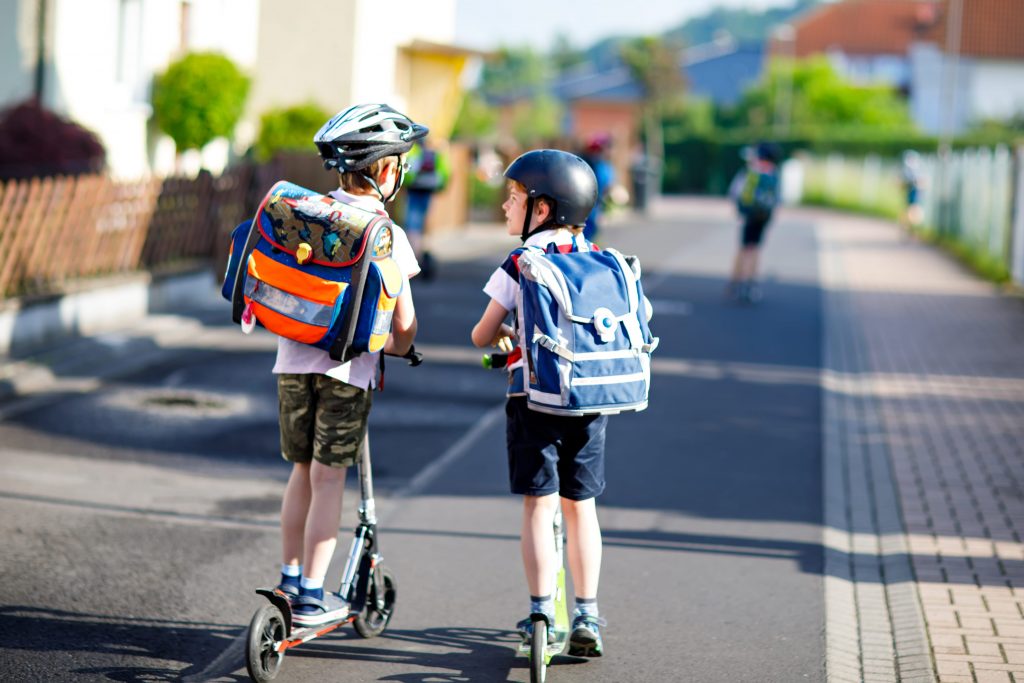
As a motorist, be mindful of pedestrians at crosswalks and intersections as well as in downtown areas where pedestrians tend to jaywalk – randomly crossing in the middle of a block or in crowded areas and event venues.
When driving always keep your eyes open for different types of pedestrians including:
- Children – especially near schools, playgrounds and neighborhoods
- Dog walkers
- Skateboarders
- Runners and walkers
- Bicyclists
- Seniors and others with assistive devices such as canes, walkers or wheelchairs
- Workers
- School crossing guards
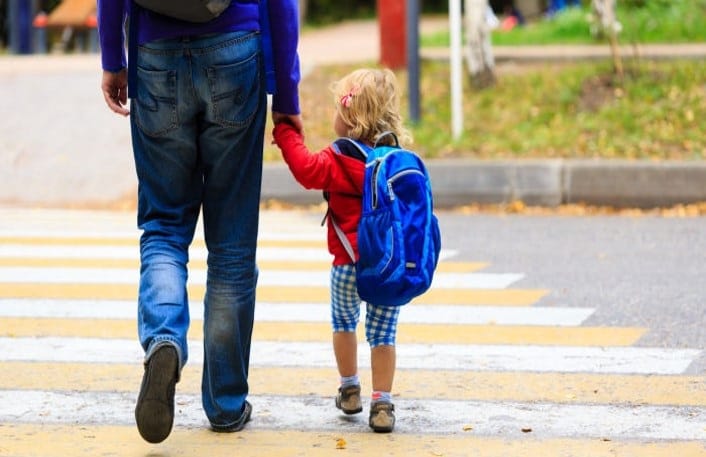
Whether you have kids or are just passing through towns as children are playing, parents and motorists have a responsibility to help ensure the safety of children and teens.
- Have children play in areas away from busy streets, driveways and parking lots
- Make sure young children are accompanied by an adult, especially when crossing streets
- When there is no sidewalk, walk close to the curb facing traffic
- When playing later in the day, children should be in bright or reflective clothing.
- Teach older children to cross in well-lit areas and use their cellphone flashlight to be visible to drivers when crossing.
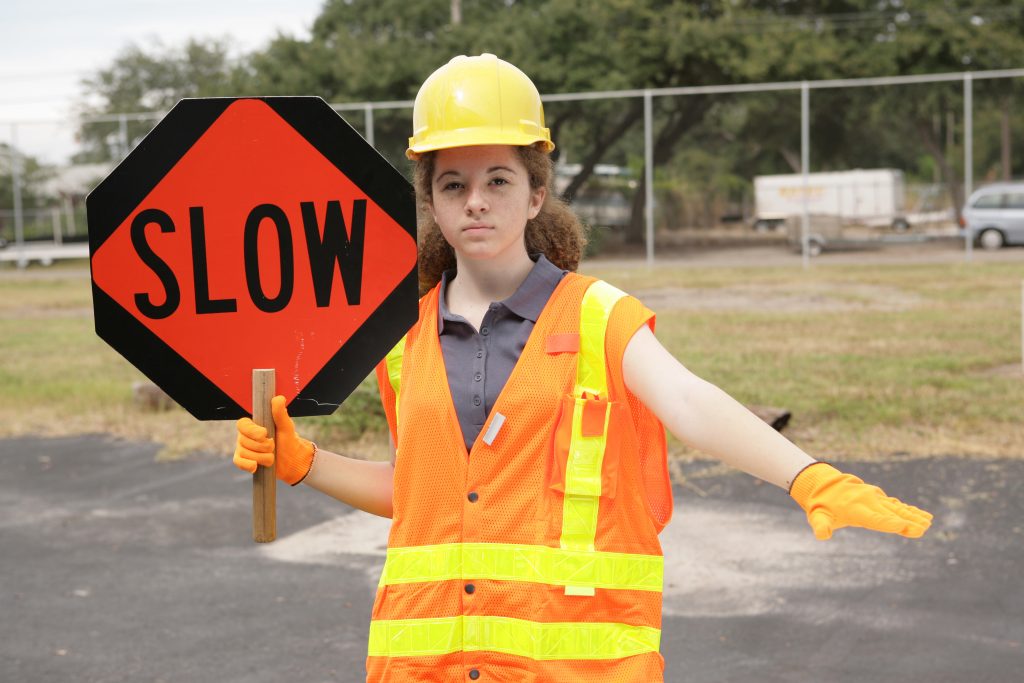
From construction workers to landscapers — lots of people work on and near roadways. Make sure you “Give them a Brake” by slowing down and allowing space for them to work safely. In many cases these workers are using equipment that may prevent them from hearing vehicles coming. Keep your eyes out for:
- Sanitation workers
- Landscapers
- Tow-truck operators
- Police & Emergency Responders
- Crossing guards
- Utility workers
- Construction workers
- Mail/package carriers
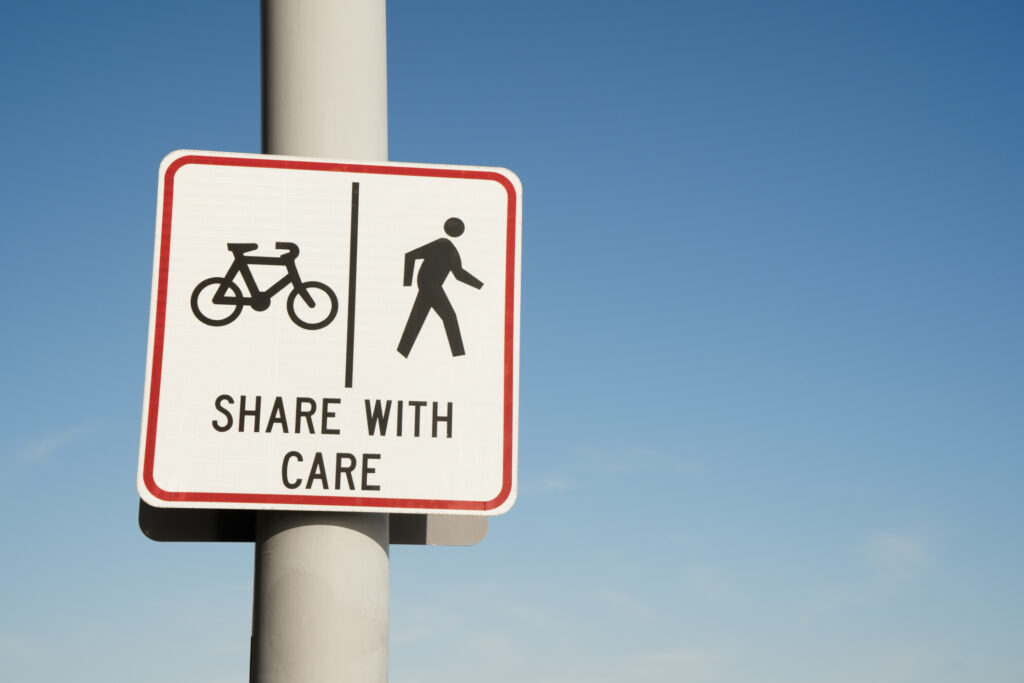
The NJ Safe Passing Law went into effect on March 1, 2022 and requires drivers to slow down and move over for pedestrians, cyclists, and other vulnerable roadway users. Learn more here.
- Drivers must move over a lane if possible (while following existing laws).
- Drivers must provide a distance of at least 4 feet when passing vulnerable road users. Otherwise, drivers must slow to 25mph and be prepared to stop until they can pass safely.
- The penalty for this law is a $100 fine ($500 if bodily injury) and two points on your driving record.

